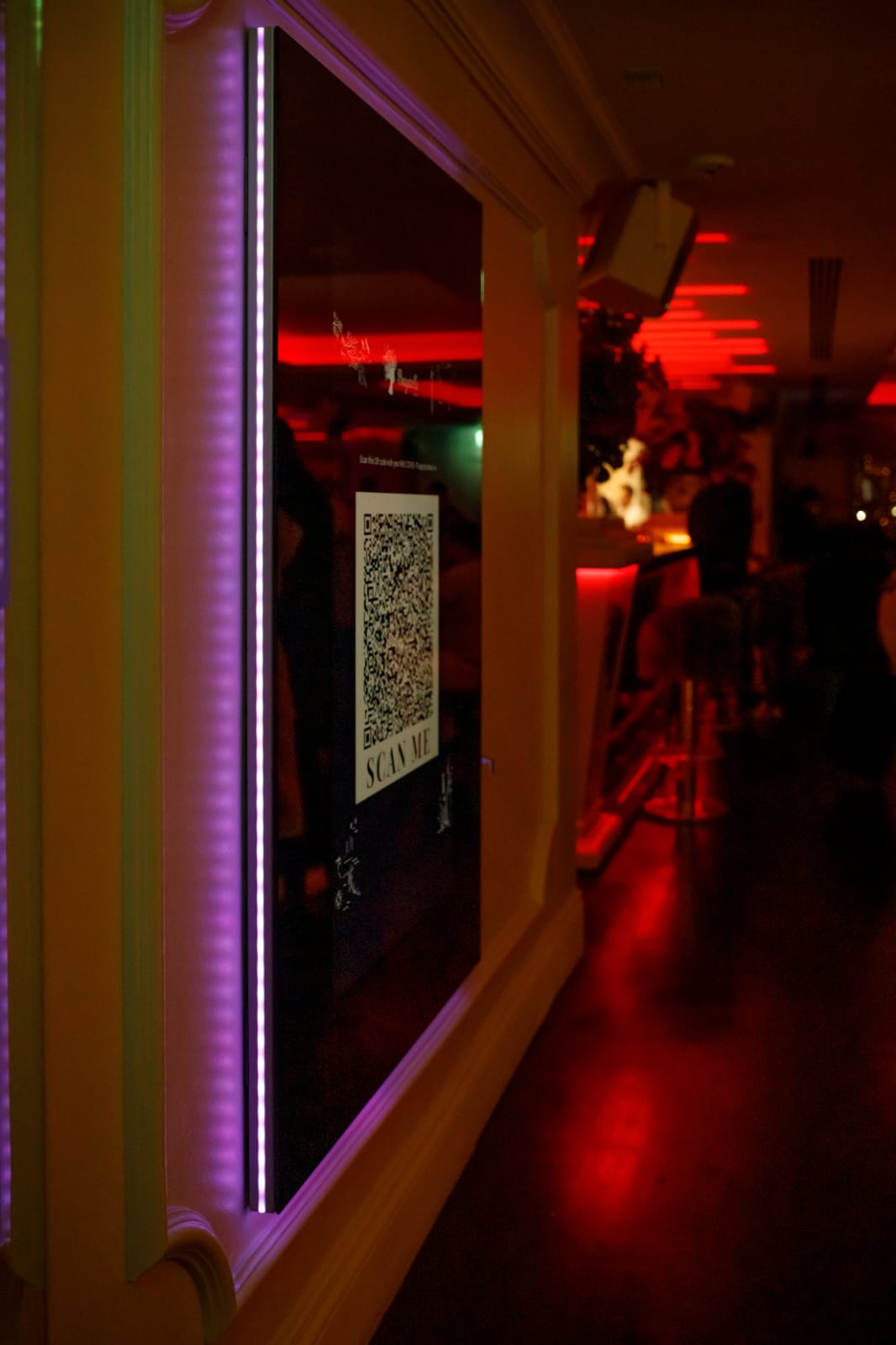Jarábik Barbara talking about luxury brands advertising impact after Covid-19 pandemic: Offer a bespoke service. Luxury brands should also offer a bespoke service that is tailored to the individual customer. This could include customizing products to the customer’s specifications, providing a personal shopping service or other special privileges. Use aspirational images and language. Images of luxury and exclusivity are essential for luxury brands. Use aspirational images that make the customer feel like they could be a part of that lifestyle if they buy your product.

You can’t purchase boots like these just anywhere which creates an effect of rarity. This builds tension as a result. Customers know that they have limited options when searching for this kind of product, and have to make a decision sooner than later. Let’s be honest. A big reason why consumers purchase luxury goods is to portray a certain image, look flashy, and appear wealthier than they are. I’m generalizing, of course, but keep with me. It’s not outrageous to think that someone buying a luxurious sedan wants to look professional and feel business-like, right? This is exactly why you can market your luxury product by helping them imagine what it would be like to experience having it.
Email marketing is extremely effective for e-commerce marketing and increasing customer loyalty, as it provides the opportunity to educate consumers and tell them about new experiences or products offered by the brand. Harrods do an exceptional job with their email marketing campaigns, and are well worth subscribing to for email campaign inspiration. In the near future, talking about online and offline will be like talking about the benefits of our left leg vs. our right leg. Both are integral to the other. It seems that every few months Burberry are running a new online brand-awareness campaign, driving luxury shoppers into their stores. Once those customers are in the stores, they’re encouraged to take pictures, share content, watch live streams, and use in-store iPads.
Expanded Text Ads are now our reality, and there’s never been a better time to market your high-end product using the power of paid search. With all that extra space comes the ability to differentiate yourself from the rest of the SERP with language instead of relying solely on brand recognition. After all, even when you’re bidding on branded keywords, there’s a good chance you’ll be competing with third party distributors and your direct competitors. The copy you use in your text ads will be the difference between earning a prospect’s click and watching them scroll on by. As you can see in the column on the left, STA (what used to be called Standard Text Ads) placed tight restrictions on your ability to say anything compelling in your ad copy. How can you stand out from the competition when everyone’s pigeonholed into using the same five-ish sentence fragments? Off the top of my head, hiring a commercially motivated haiku writer was the only plausible solution.

According to a report by McKinsey digital now influences at least 45% of all luxury sales. It’s understandable why luxury brands have been hesitant to move online. Yet, with print and display advertising returns decreasing, and luxury shoppers spending more time online and on mobile devices, luxury brands need to not only adapt to survive in the digital universe, but to thrive also. While the strategies outlined below will provide useful inspiration, it’s worth pointing out that the best strategies will always come from clarifying your goal, breaking it down and brainstorming brand-specific solutions with your team. For this we’d recommend using a tool like TrueNorth or one of the marketing planning tools mentioned here. Discover extra information on https://medium.com/@barbarajarabik.
Digital signage mirrors are another way for luxury brands to advertise efficiently : The global digital signage mirrors market was valued at USD 780 million in 2021. The global market is expected to grow at a CAGR of 12.21% to reach USD 910 million by 2023. Digital signage mirrors can vastly increase individual efficiency by choosing outfits as per weather updates while also offering bus and train schedules (including traffic updates). Digital signage mirrors in smart homes, planes, commercial spaces, hotels, etc. are designed to be connected to users as well as with different devices around. Energy efficiency is one of the major advantages that will drive the adoption of digital signage mirrors.